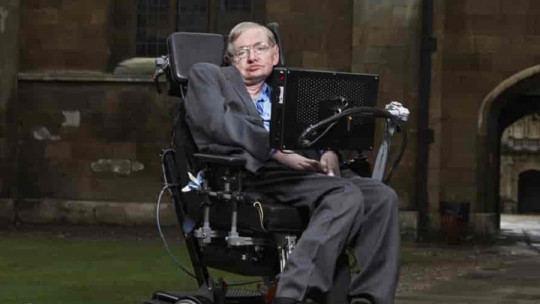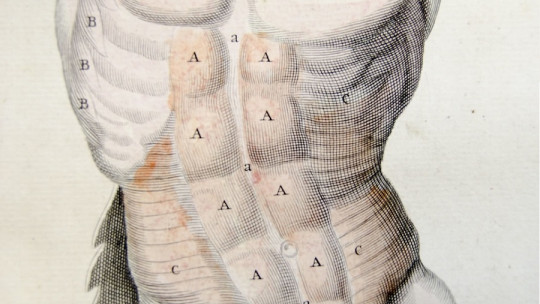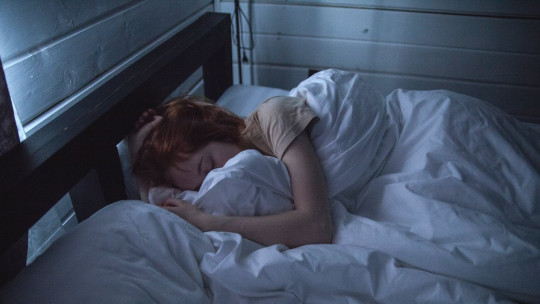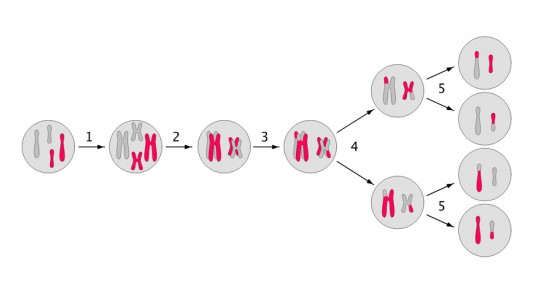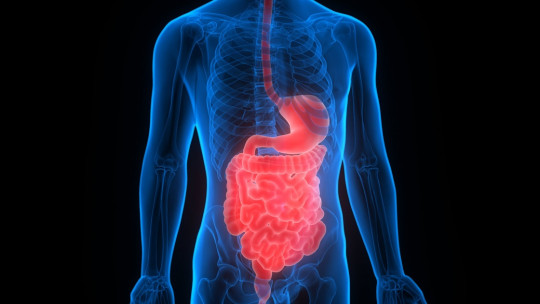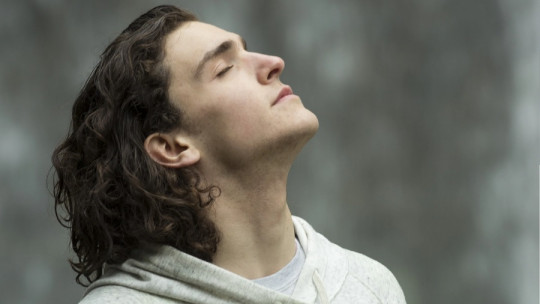
Breathing is a process that we carry out at all times, whether consciously or unconsciously. Everyone knows that stopping breathing means death from asphyxiation.
What not everyone knows are the phases that this physiological process includes, and what its particularities are in addition to the existing criteria when applying them.
In this article we are going to see all the phases of breathing and what parts of the body are involved in each of them.
What is breathing?
Before going into more detail about the phases of breathing, it is necessary to give a brief description of this process and introduce what its main phases are.
Breathing is a physical process by which an organism exchanges gases with the environment The objective of this is to introduce oxygen into the body so that it can reach the cells, which will carry out their metabolic functions. Once they have been carried out, these cells will produce another gas as waste, carbon dioxide, which will be expelled to the outside environment.
In the case of human respiration, it is divided into two main phases: inspiration or inhalation, which involves the entry of oxygen into the lungs, and the other, expiration or exhalation, which involves the expulsion of carbon dioxide. These two phases are possible thanks to the action of multiple muscles which, by contracting and relaxing, allow the volumetric capacity of the rib cage and lungs to be modified.
The respiratory rate of humans varies depending on age and physical characteristics of the person. On average, an adult in normal health inhales and exhales between 10 and 16 times per minute, while in the case of children their respiratory rate is higher, between 15 and 20 times per minute. Newborns and people who play sports frequently can breathe almost 60 times per minute.
Breathing phases
Next we will see the phases of breathing, but under two criteria. The first, more traditional, refers to the anatomical characteristics of the process, that is, which muscles are involved during this phase, which is the degree of physical effort of the organism and also what muscles are involved.
The second case is a classification of the phases of breathing from a more organic perspective, that is, taking into account the biochemical processes involved in the entry and exit of oxygen and carbon dioxide on the organism, respectively.
Traditional phases
These phases are defined based on whether or not the thoracic muscles are exerting some type of force to introduce or remove air from the lungs.
1. Inspiration
During inspiration, or inhalation, the air that is involved, especially oxygen, is introduced into the body reaching the lungs.
This process is active, and occurs through the contraction of the intercostal muscles and the descent of the diaphragm. The lungs expand, and the pressure inside these organs is negative compared to that of the atmosphere.
The lungs distend, guided by the pleura and pleural fluid The intrapulmonary pressure drops below the level of atmospheric pressure. To balance both pressures, the lungs are filled with air from outside. Increases the volumetric capacity of the rib cage. Thus, air enters the lungs and oxygen enrichment occurs in the blood.
During the inspiration phase, the main muscles involved in this process They are: diaphragm, serratus anterior, external intercostals, dorsal, scalenes, supracostal, sternocleidomastoid and pectorals.
2. Expiration
Expiration, also called exhalation, is the phase of breathing in which carbon dioxide is removed from the body It occurs when the diaphragm rises and the intercostal muscles relax, causing an increase in pressure in the lungs.
The volume in the rib cage and lungs is reduced, resulting in an increase in intrapulmonary pressure, which becomes higher than atmospheric pressure. Thus, gases from the lungs are released to the outside.
This process is passive, since it implies that the muscles involved in the previous phase, that is, inhalation, relax, releasing the air, a waste product, that is inside the lungs. During this phase, the following muscles are involved: internal intercostals, obliques, abdominals, transverse and pectoralis major.
Exhalation can be controlled and voluntary or passive and involuntary We speak of voluntary expiration when the gases found in the lungs are retained in a consciously controlled manner. This can be due to different reasons, such as talking, singing, playing sports, or simply because you want to control your breathing like when you are diving.
In the case of involuntary expiration, which is totally passive, obeys the metabolic functions of the organism It is the one that occurs during sleep or while doing any activity in which it is not required to have direct control over the entry and exit of air from the body.
Organic phases
First of all, it is necessary to make a distinction between external breathing and internal breathing.
External respiration occurs outside the cells but inside the organism consisting fundamentally of the exchange of gases in the lungs and their transport through the bloodstream.
Internal respiration is the process of introducing oxygen into the cells of the organism.
1. External respiration
External respiration is understood as gas exchange between the body and the external environment particularly the obtaining of external oxygen and the elimination of internal carbon dioxide.
This type of breathing is also called ventilation, and is the process in which the lung alveoli transfer oxygen to red blood cells.
Within external respiration, three subphases can be mentioned:
Pulmonary ventilation occurs first which is when there is fluid of gases in and out of the lung alveoli, allowing gas exchange.
Next comes pulmonary diffusion or gas exchange which occurs when the alveoli absorb oxygen from the outside environment that has managed to reach the lungs and carbon dioxide is expelled to the outside.
AND gas transport finally occurs which consists of blood with oxygen traveling to the cells that require this gas to function and collecting the residual carbon dioxide product of their metabolic activities.
2. Internal breathing
Internal respiration is understood as the process in which red blood cells, which have obtained oxygen from the lung alveoli, give this same gas to the cells so that they can carry out their metabolic processes.
At the same time, cells give red blood cells residual carbon dioxide which has been obtained after carrying out the physicochemical reactions inside the cells.
This process occurs thanks to the processes of osmosis and diffusion. The pressure of oxygen is greater in the blood than in the tissues, causing this gas to end up being absorbed by the cells that make up these tissues through the capillaries.
In turn, carbon dioxide, which has a higher pressure in the tissue than in the blood, it ends up in the bloodstream, traveling through hemoglobin
The blood with carbon dioxide travels to the heart, being pumped back to the lungs to carry out the exchange again, obtaining oxygen and repeating the cycle again.

